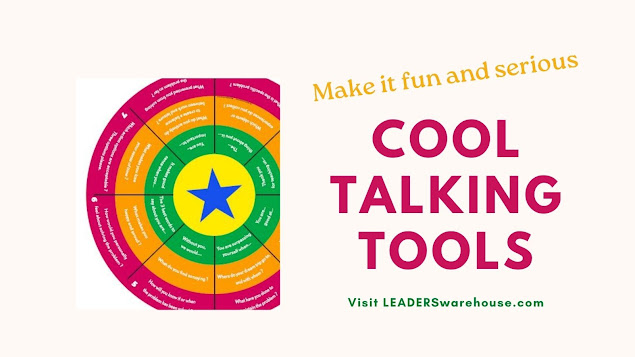Sådan kommer medarbejderne til at holde af hinanden og holde af deres arbejde

Sådan sikrer lederen, at medarbejderne kan lide hinanden og kan de lide deres arbejde: Når medarbejderne kan lide deres kolleger kan de også lide deres arbejde. Nogle mennesker hader at gå på arbejde. Det skyldes, at de ikke kan lide alle deres kolleger eller ikke kan lide chefen. Det kan lederen gøre noget ved. Men umiddelbart lyder det ikke nemt, at få mennesker til at holde af hinanden, have det sjovt sammen, nyde hinandens selskab. Men hvad nu hvis lederen kan skabe et fællesskab, hvor alle kan lide hinanden? Løsningen kommer her: Lederen kan bruge FISH! som er det enkleste og billigste redskab på markedet. FISH! består af film, bøger, plakater, hæfter, fisk, øvelser og planer for at skabe et fællesskab med gode relationer - og god hjælp til at komme i gang og holde det ved lige. Enhver leder kan gøre det selv - uden at blande eksterne konsulenter ind i opgaven. Først lidt forhistorie. Det var Pike Place Fish i Seattle som skabte deres fællesskab i den nu verd...















